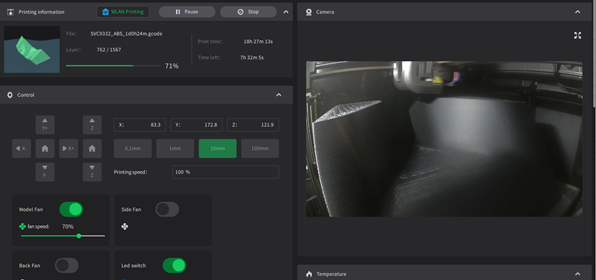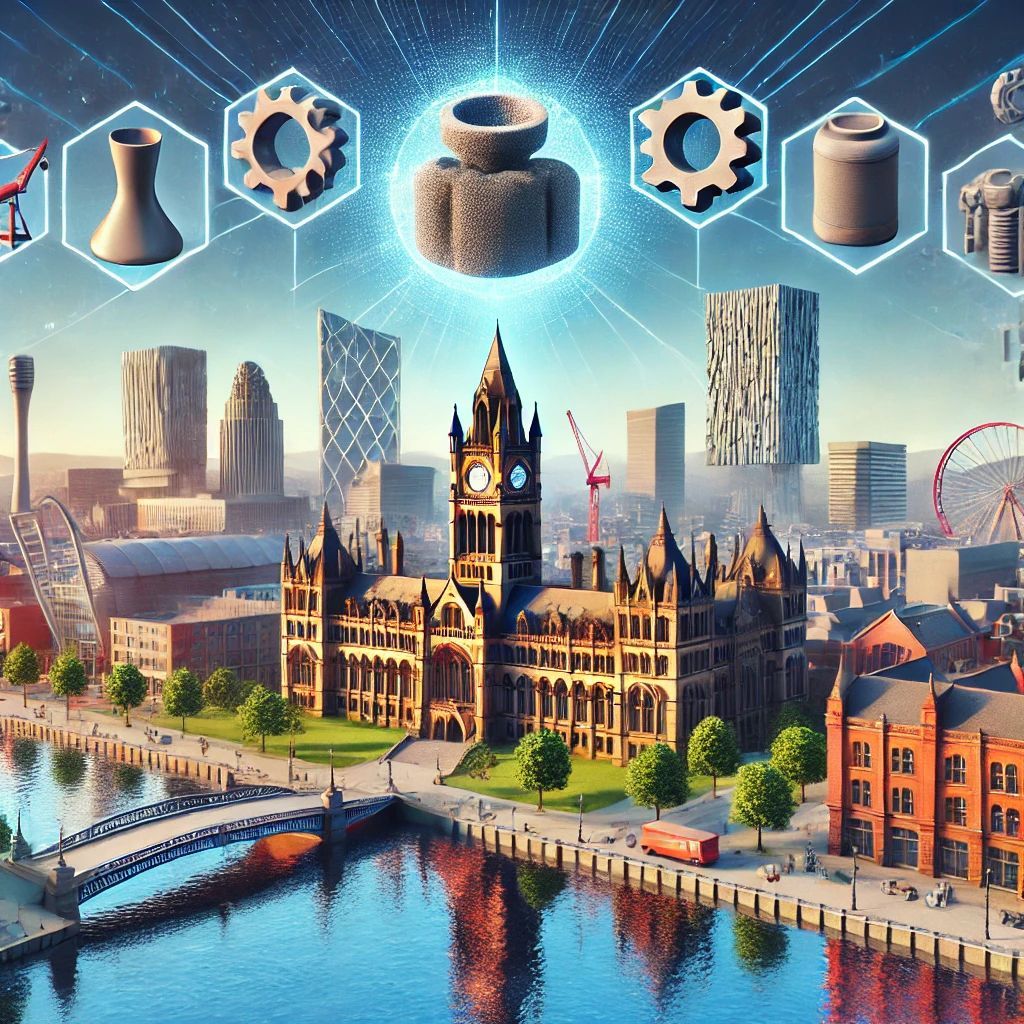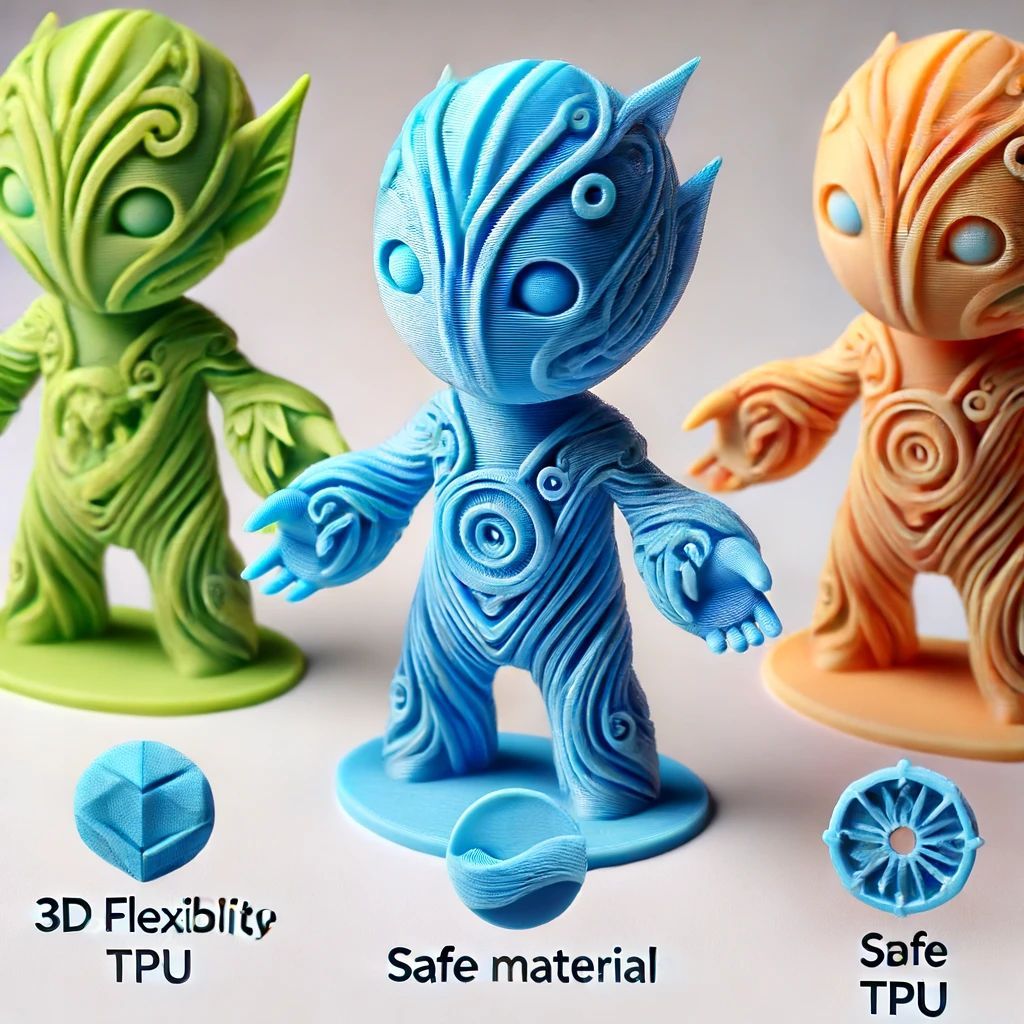How fragmented are supply chains?
Manufacturing Pain Points and the Power of Automated and Integrated AM Workflows

The manufacturing industry has undergone a dramatic transformation over the past few decades. Automation and digitalization have revolutionized the way products are designed, developed, and produced.
3D printing has emerged as a key technology in this transformation, with its ability to produce complex geometries and customized parts at scale.
However, as the demand for 3D printing grows, so do the challenges that manufacturers face in integrating this technology into their workflows.
In this blog post, we'll explore two manufacturing pain points and how automated and integrated AM workflows can help address them.
Pain Point 1: Fragmented Supply Chains
In traditional manufacturing, the supply chain is a complex network of suppliers, manufacturers, and distributors, all working independently to produce and deliver products to customers.
However, this fragmented approach can lead to delays, errors, and inefficiencies.
This is particularly true in 3D printing, where the supply chain is often made up of multiple players, such as software providers, print farms, customers, and post-processing and material specialists.
Automated and integrated AM workflows can help address this pain point by connecting all of these players and streamlining the production process.
By using software that integrates all aspects of the 3D printing process, from design to delivery, manufacturers can reduce the number of handoffs between players, minimize errors, and speed up the production process.
For example, a customer could design a part using CAD software, upload it to a print farm, and have it delivered to their doorstep, all without ever leaving the integrated system.
Pain Point 2: Inefficient Post-Processing
Another pain point in 3D printing is post-processing. After a part is printed, it often needs to be cleaned, smoothed, or finished in some way before it can be used.
This can be a time-consuming and labor-intensive process, particularly for large-scale production runs.
Automated and integrated AM workflows can help address this pain point by incorporating post-processing into the production process.
For example, a print farm could use automated finishing equipment to clean and polish parts as they come off the printer.
This would reduce the need for manual labor, speed up the production process, and ensure consistent quality across all parts.
In conclusion,
as 3D printing continues to transform the manufacturing industry, it's important for manufacturers to adopt automated and integrated workflows that connect all of the players in the supply chain.
By doing so, they can reduce the pain points of fragmented supply chains and inefficient post-processing, and streamline the production process from start to finish.
As a result, manufacturers can take advantage of the benefits of 3D printing, such as customization, rapid prototyping, and on-demand production, while maintaining high-quality standards and meeting customer demand.












